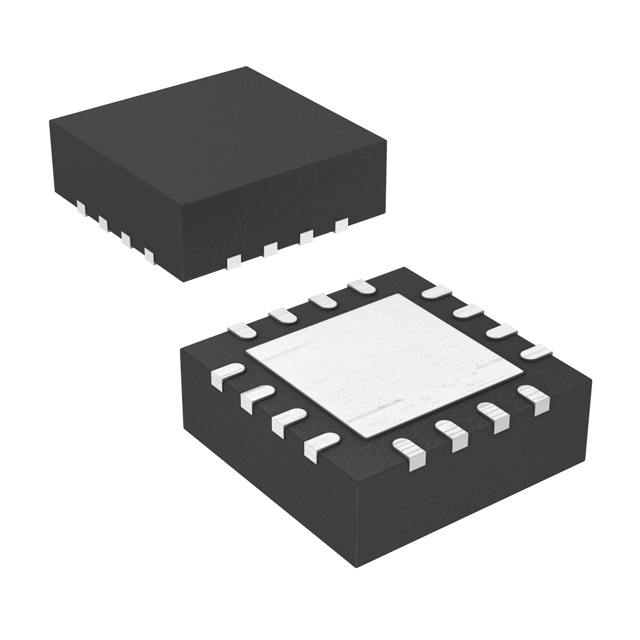

Texas Instruments
MSP430F2011TRSAR
Microcontrollers



- 1+
- $2.32834
- $2.33
- 10+
- $2.26872
- $22.69
- 30+
- $2.22732
- $66.82

.png?x-oss-process=image/format,webp/resize,p_30)


MSP430F2011TRSAR Description
MSP430F2011TRSAR is a microcontroller unit (MCU) from Texas Instruments' MSP430 family of low-power, 16-bit RISC architecture processors. It is designed for a wide range of applications, including industrial, consumer, and automotive markets.
Description:
The MSP430F2011TRSAR is a mixed-signal microcontroller with integrated peripherals and memory. It is based on the MSP430 instruction set architecture, which is optimized for low-power operation and high code efficiency. The device is available in a 20-pin package and operates over a wide voltage range of 1.8V to 3.6V.
Features:
- CPU: 16-bit RISC CPU with high code efficiency and low power consumption.
- Memory: 1 kB RAM, 8 kB flash memory, and 256 bytes of EEPROM.
- Clock System: Flexible clock system with low-power modes and frequency scaling.
- ADC: 8-bit ADC with up to 8 input channels.
- Timers: Multiple 16-bit timers with various modes and capture/compare capabilities.
- Communication Interfaces: UART, I2C, and SPI for communication with external devices.
- Peripherals: PWM, watchdog timer, and other control modules.
- Security: Encryption and authentication features for secure communication and data protection.
- Power Management: Low-power sleep modes and power-saving features.
- Package: 20-pin package with various pin configurations.
Applications:
The MSP430F2011TRSAR is suitable for a wide range of applications due to its low-power consumption, integrated peripherals, and flexible clock system. Some of the potential applications include:
- Industrial control and automation systems
- Smart sensors and actuators
- Energy harvesting and power management systems
- Portable and wearable electronics
- Medical devices and equipment
- Consumer electronics, such as home appliances and IoT devices
- Automotive applications, such as body control modules and lighting control systems
- Security systems, including access control and encryption/decryption applications
The MSP430F2011TRSAR's low-power capabilities, integrated peripherals, and flexible memory options make it an attractive choice for developers looking to create energy-efficient and feature-rich embedded systems.
Tech Specifications
MSP430F2011TRSAR Documents
Download datasheets and manufacturer documentation for MSP430F2011TRSAR
 Assembly Material 06/Jul/2023
Assembly Material 06/Jul/2023  MSP430x2xx User Guide MSP430x20x1,2,3 Datasheet
MSP430x2xx User Guide MSP430x20x1,2,3 Datasheet  MSP430x20x1,2,3 Datasheet
MSP430x20x1,2,3 Datasheet Shopping Guide























.png?x-oss-process=image/format,webp/resize,h_32)










